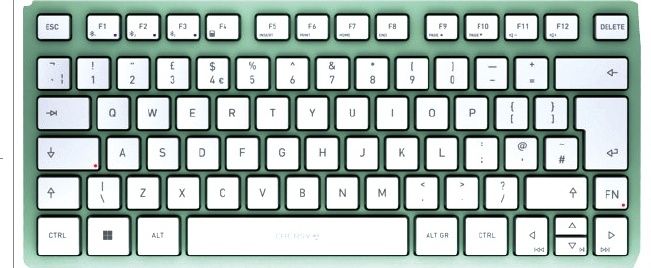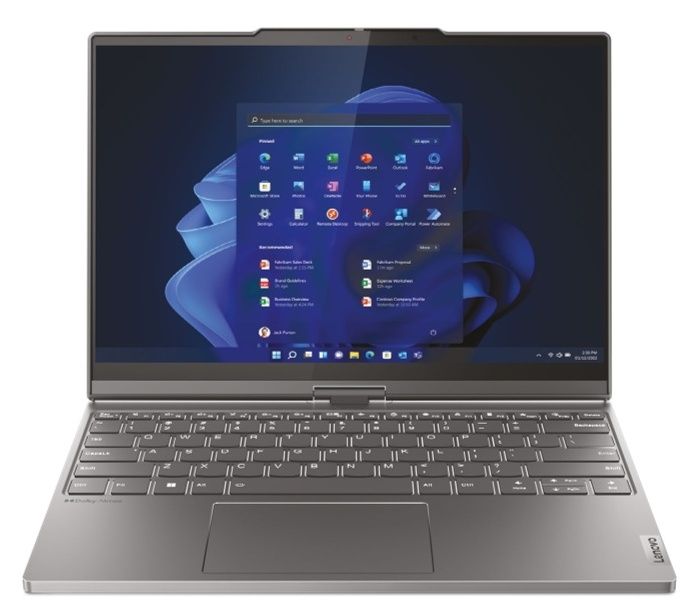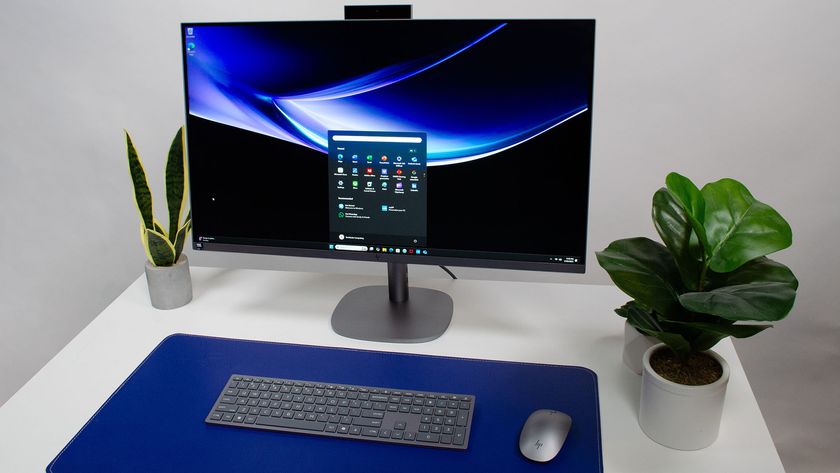TechRadar Verdict
This Anthem trio performs well over specification in almost every test, and is certainly one of the most powerful and high-quality systems we have tested
Pros
- +
Serious power output
- +
Hi-fi and home cinema prowess
Cons
- -
Complex configuration system
- -
With great power comes great electricity bills
Why you can trust TechRadar
Anthem, for those not in the know, is a high-end Canadian AV brand, formerly called Sonic Frontiers. Until very recently, it had no concrete distribution deal in the UK, so hearing its kit – which mixes the bleeding edge of electronics-processing with the kind of simplicity and pared-down purity associated with hi-fi evangelists – was an impossible task.
Now, thanks to a new UK-based operation, it should prove much easier to blag an audition, and the first thing you should clap your ears around is this monstrous pre/power amp combo from Anthem's prestige Statement range.
The Anthem Statement P2 and P5 are, respectively, two-channel and five-channel power amplifiers built on a lavish scale, but with a similar specification; so huge is the five-channel P5 it sports two mains outputs to help cope with the heavy demands it makes on your mains. Under the skin they are very similar.
They both have massive output stages with fourteen output transistors per channel, equally formidable power supplies, and both are rated by their maker at 325W/channel into 8Ω. Our Tech Labs clocked 385W into 8Ω in two-channel mode. These numbers are not to be sneezed at.
The inputs stage has balanced and single-ended options, using XLR and phono socketry. The two amplifiers can be switched on and off using a trigger signal from the processor, or manually – or they can all be patched to a AMX or Crestron controller, which for many power-users will be the preferred option.
The processor has the wherewithal to allow precise control over any sound or video parameter you may care to mention, but its user interface is – well – pants. I found myself constantly stumbling over which button to press and when.
Processing power
The D2V processor, a 7.1-channel design which has been recently updated, has more controls than you can shake a stick at, and an equally extravagant number of sockets on the back, including eight HDMI 1.3c inputs and two similar HDMI outputs.
TMDS (Transition Minimized Differential Signalling) timing regenerators are employed to limit audio jitter. The video processor is the latest version of Sigma's VXP, which delivers superior image quality using per-pixel processing, robust film mode detection and TruMotion HD Adaptive De-Interlacing to tart up pictures when converting 480i, 576i and 1080i inputs to progressive scan. It will upscale to 1080p from virtually any source.
The audio subsection uses two dual-core DSP engines working at 800 MIPS, which allows eight-channel decoding of HD audio standards like Dolby TrueHD and DTS-HD Master Audio. All audio inputs are scaled up to 24bit/192kHz. The D2V also supports DVD Audio in 7.1 format up to 192kHz.
Unfortunately DVD Audio is a dead duck. SACD, which is at least alive (if not exactly kicking), is not directly supported by this chipset, although DSD converted to PCM can be handled. There's no getting around the fact that installing and setting up the Anthem Statement system is a monumental task. The sheer amount of customisation on tap with the D2V processor is staggering, and the relentlessly text-based menu system doesn't do much to help.
For the purpose of this review, I was handheld through much of this by the importer, but in practice this is the kind of installation that few sane punters will want to undertake themselves. Best leave it to the dealer. Once programmed, the settings can be locked to make the system immune to accidental button presses, and locked down further so that if anything does go wrong, the dealer will be able to resurrect it from the dead.
Helpfully, you can also provide alternative settings on the same inputs for music and for movies to suit tastes. This is a system, then, that can be used as a purist straight-line amplifier with multichannel or stereo sources, and switched instantly to settings appropriate for your favourite film soundtracks. You may, for example, want to operate the system for some applications with the room equalisation mode bypassed, and for others with it engaged.
The Anthem's mic-driven room correction system uses a software suite installed on a laptop. Called Anthem Room Correction (ARC-1), this proprietary algorithm is based on work done years ago by the boffins at Canada's National Research Council. Correction is performed for each speaker individually, and addresses peaks and dips in the response shapes with a full range of adjustable filter parameters – centre frequency, filter depth and width.
ARC can be used as a simple room correction system to generate the best response for a single listener, or a composite of results from several seating positions (Anthem suggests five). This matches the capabilities of Audyssey MultEQ Pro, one of ARC's main competitors. Both these systems require an external computer to do much of the donkey work, but as Anthem's UK distributor James Buckle points out: 'ARC does 7.1 channels entirely in the digital domain, Audyssey does not.'
One piece of advice for the equaliser is to go easy on the facility to tune room resonances 'out'. In particular, it's usually acceptable to flatten bumps in the response (which involves taking energy out of the system), but less so to fill in suckouts (which increases the energy in the room). Of course, no equalisation system can correct ringing due to room resonances, though you can take some of the sting out of the situation by judiciously reducing its level.
These resonances (and all rooms have them) can be clearly identified when running the setup program on a computer.
Power ranger
In practice, this package just about has it all. It is immensely powerful. Prodigiously so in fact, to the point where it was not possible to even approach the output limits of the system as a 7.1-channel beast with a Mission speaker system, or similarly in stereo using Mordaunt Short Performance 6 LE speakers. I did, however, note a subtle change in sound quality at different levels, which suggests that the amplifier is not perfectly linear in its dynamic responses.
The Anthem signal chain tends to sound hyperactive at very high volumes with some excess of energy at the frequency extremes, which in combination acts almost like a 'loudness' contour, but the effect is mild. On the whole its performance is simply stunning; this is a system that was born to raise the hairs on the back of your neck.
The opening sequence of Quantum of Solace (Blu-ray) is rendered as an unremitting maelstrom of energy, and therefore great fun, but I was at least equally gripped by David Attenborough's Earth, whose soundstage is much more down to earth, even if the hi-def picture content is something else entirely.
Both discs were useful tests of the ability of the Anthem electronics in different areas. The Bond outing impressed for its video processing with almost no extraneous video noise or grain, and with very little that could be identified as post processing. It would be an exaggeration to suggest that the Anthem completely eliminates jaggies and other such problems, which is what is claimed, but it does a remarkable job of making the processing transparent, regardless of the status of the source material (Earth was made from a vast array of sequences from different sources, sometimes with different resolutions).
Similarly, the Anthem's audio section reproduces a three-dimensional and immersive soundstage, and laps up hi-res soundtracks like a starving dog.
Making a statement
Yes, other manufacturers make equipment that is easy to configure, but the Anthem D2V's control system, if not exactly elegant, is essentially straightforward, though it will take a while to get your head around its capabilities.
It's best to think of the processor as something that your dealer will install and remember that there is a full suite of triggers, IR ports and an RS232 for multiroom operation. In terms of performance, however, there are no caveats.
The system is revelatory: the power amplifiers are powerful beyond words, and the processor delivers fine control over every aspect of performance. Taking this all into account, even the pricing is realistic. What more could you want?



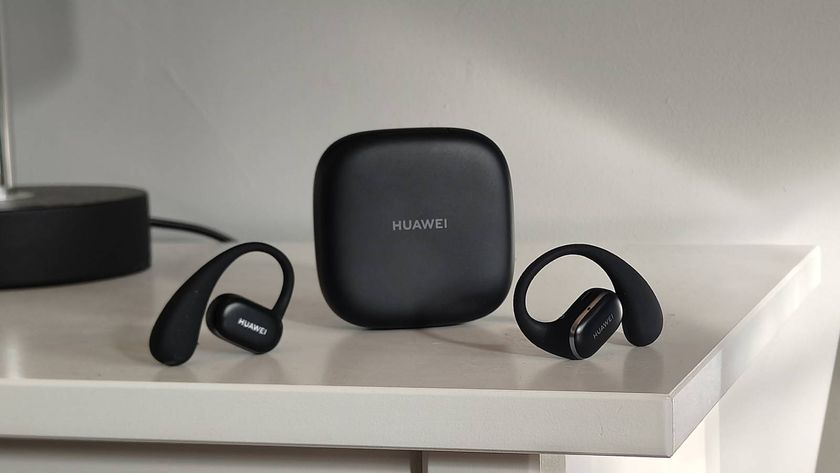

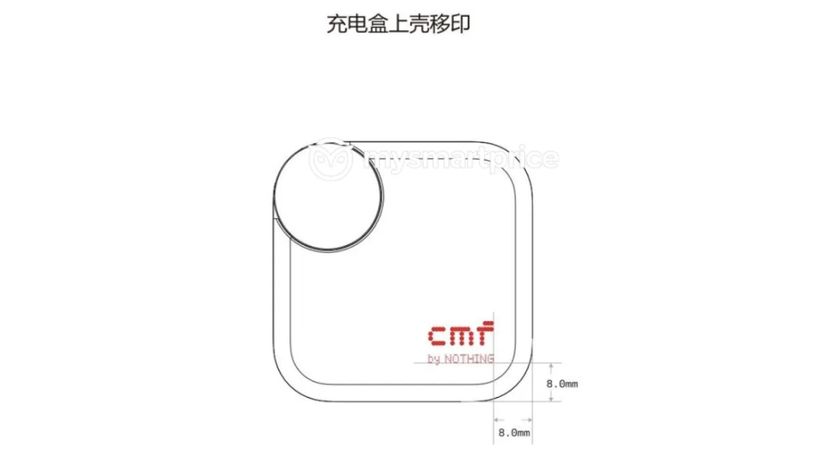
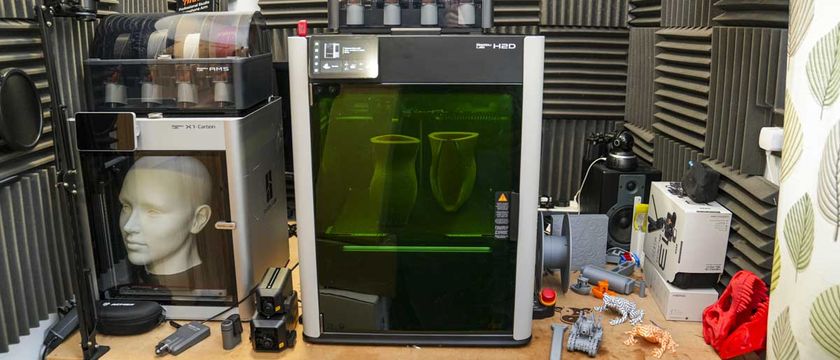
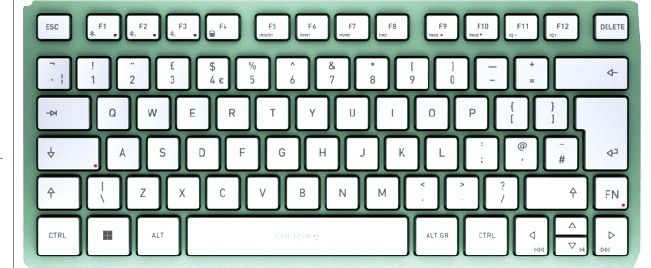
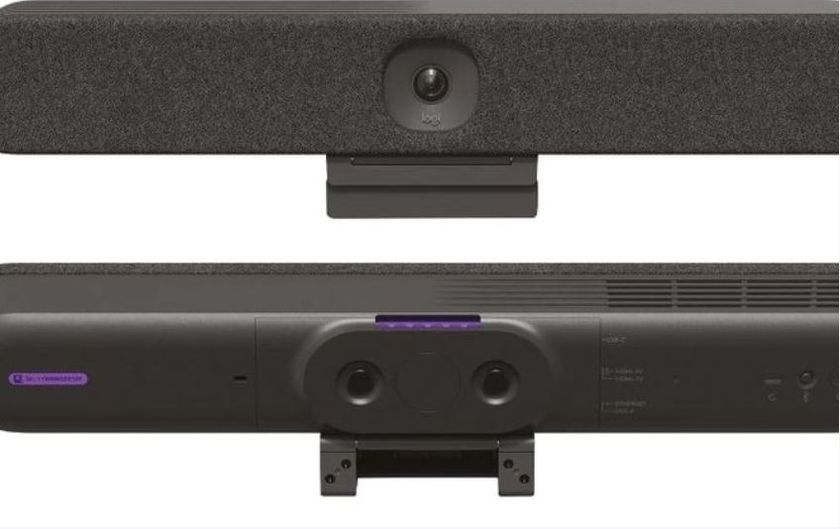




You're probably not playing The Witcher 4 until 2027 at the earliest, per CD Projekt's latest financial update

I tried Google's new AI mode powered by Gemini, and it might be the end of Search as we know it

Cyber threats are evolving everywhere – and "prevention alone is insufficient," says NordVPN CTO



